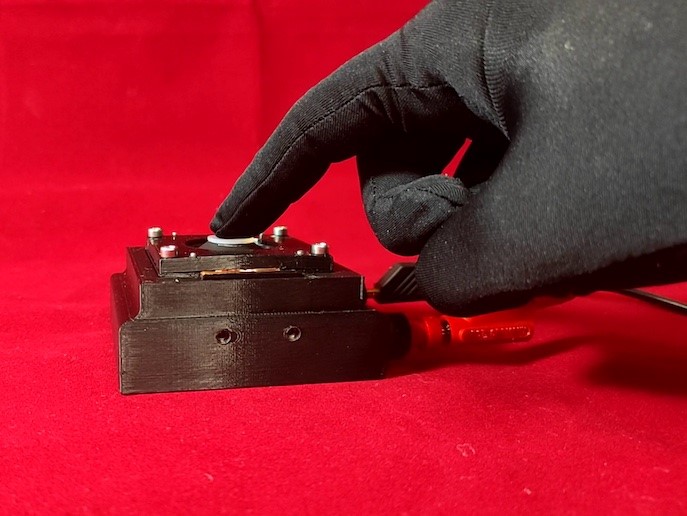Modelling mid-frequency sound and pressure waves
Noise and vibration levels are important design considerations for all sorts of machinery and are of particular concern to the aerospace and automotive sectors. Vibration and acoustic analyses and modelling combined with virtual design and prototyping are critical to reducing cost and development time. They also ensure safety and human comfort. Although such tools exist, they currently do not cover the entire range of audible frequencies-of-interest to the aerospace and automotive sectors. The EU-funded project 'CAE methodologies for mid-frequency analysis in vibration and acoustics' (MID-FREQUENCY)(opens in new window) addressed the missing yet challenging mid-frequency range to achieve truly effective and efficient noise and vibration control. It brought together a network of eight academic and four industrial research groups. They hosted 23 fellows, 19 early-stage researchers and 4 experienced researchers to develop novel computer-aided engineering (CAE) techniques. Fruitful collaborations, training and innovation led to numerous publications. At the end of the four-year project, the consortium produced a book summarising the theoretical development of all eight modelling approaches studied along with an assessment of their industrial applicability. The free downloadable publication available from the project's website also summarises remaining open issues and areas for future research. The MID-FREQUENCY consortium made a very significant contribution to noise and vibration suppression for the automotive and aerospace sectors. With novel mid-frequency modelling methodologies, scientists have enhanced the powerful repertoire of tools for designers and engineers. Ultimately, this should enhance safety and comfort for millions of passengers around the world. Watch the project’s video(opens in new window) here.




